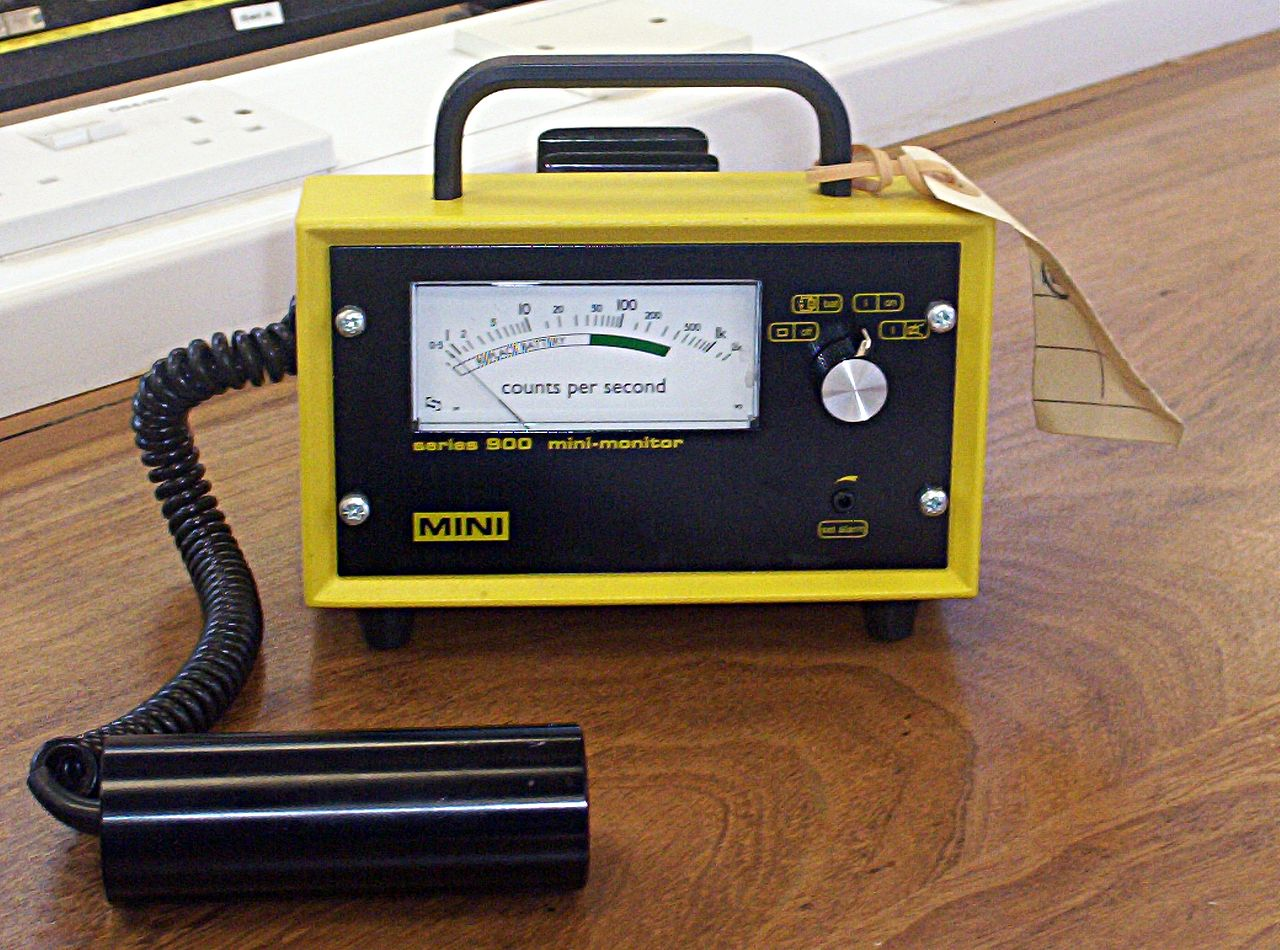Radioactivity
When an element does not change its characteristics without an external force acting on it, it is called a stable element. But all elements are not stable. The nucleii of these elements are continuously breaking down and emitting particles to become stable. This phenomenon of shredding particles and trying to get stable is called Radioactivity. The particles emitted are generally categorized as alpha, beta and gamma. When one element sheds these particles, most of the times they also turn into other elements, like Plutonium breaks and becomes Uranium and through its further breaking Thorium is created.
Carbon Dating
All the living things on Earth contain a special form of Carbon in the body. Now this Carbon starts decaying when the living thing died. Scientists have discovered that the nucleus of this Carbon takes 5,730 years to get half dead or to come to its half life. By calculating the amount of this Carbon left or decayed, scientists can fairly say the time period of when a particular dead living this existed. This whole process is called Carbon Dating.
Half Life
It is the time needed for a nucleus of any radioactive substance to undergo a decay and reduce to half its initial weight. For example, if a radioactive substance has a life of 1 minute and its weight is 10 grams then after 30 seconds only 5 grams should be left and after the next 15 seconds only 2.5 grams, and so on till it perishes. Because a particular element has a certain number of neutrons and protons, therefore, as they shed off these particles they change to other elements. (As in the case of Plutonium breaking into Uranium.)





Comments
Post a Comment